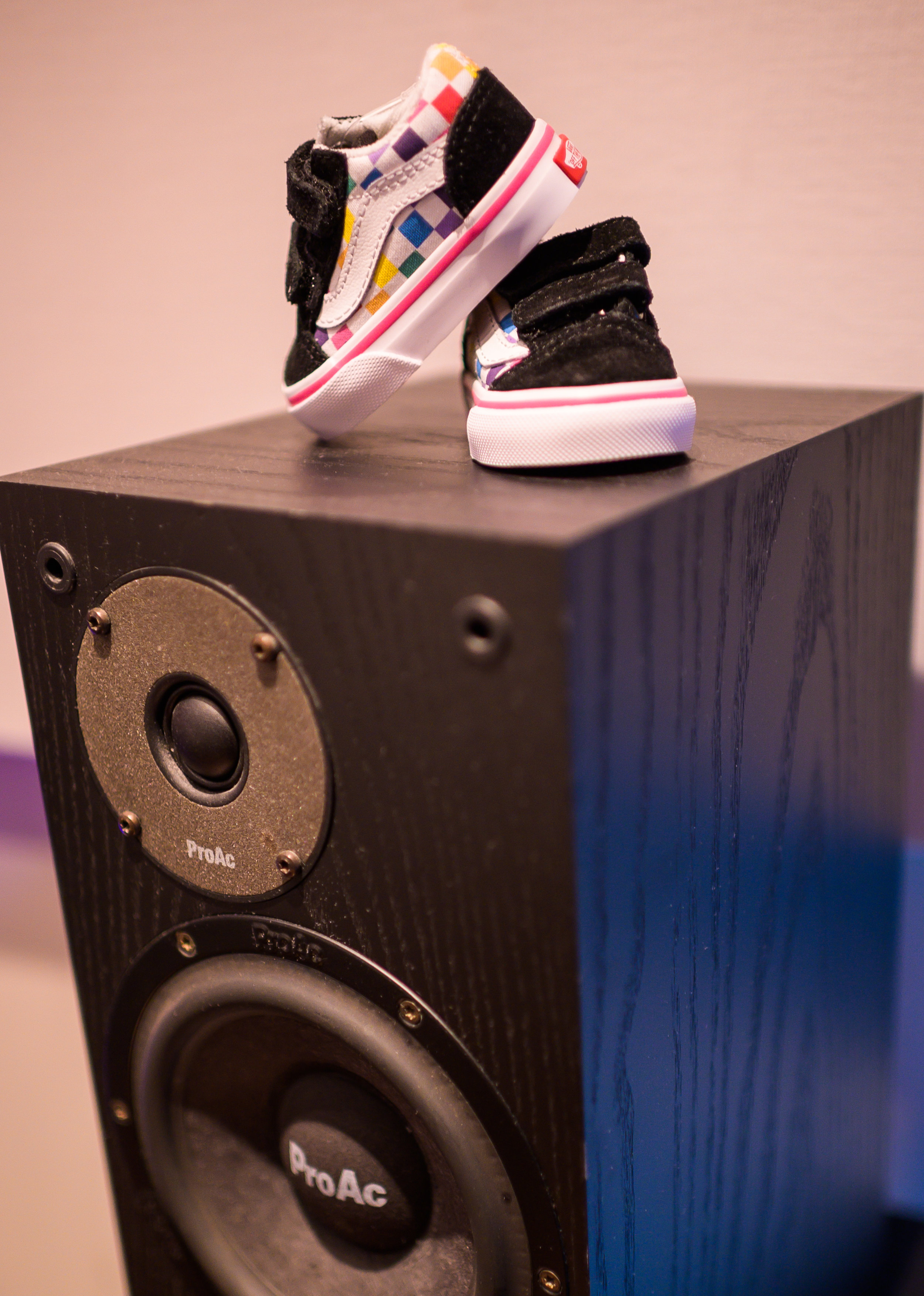
A recording studio is a room equipped with apparatus specially made for the making and chronicling of audio performances so that they may be kept for replications and reproductions at a later time. There are different kinds of studios in which recordings can be made. Some of which are home studios which are of course built in a person's house and professional studios which have different specialties like pre-production, sampling and mixing down. Before making a recording studio design, it is important to know what sort of facilities you would want it to have. Finding the right location also plays a vital role in this endeavor. Moreover, whether the studio is to be commercial or personal should also be understood because the two have very differing consequences related to them. Find out what those are in this article.
A home studio, as the name clearly states, is located in somebody's house. These types of studios could be classified in to two even smaller groups which are the "semi-pro" and the "pro". When speaking of a semi-pro studio, the resources available in the latter include equipment that are good enough for making demos and experimental materials while staying on a cost efficient budget. A home studio classified as "pro", on the other hand, means that the place is actually a professional studio, but is just privately owned. This would also conclude that the studio has apparatus found in commercial pro studios and that recordings made in the latter are good enough for market consumption.
In contrast, professional studios, Recording Studio New York City as previously stated, have different specialties like pre-production, sampling and mixing down. Therefore, the recording studio design for a commercial studio would depend highly on its field of concentration. Pre-production recording studios deal with, of course pre-recording. Studios that focus on sampling, on the other hand, would handle manipulating of complete musical scores with the use of a sampler. As for mix-down studios, these are the ones designed for the remixing, or making new versions, of already finished audio tracks. This could be done with the use of different tools that help in the synchronization of different beats and recorders that would put all of these together. Other types of professional studios are Sound to Picture studios, Radio, Speech and Drama studios, and Cutting studios. The first would deal with putting audio to edited video like movies and commercials. The second is made specifically for recording interviews and dramas. While the third is specified for the relocation of material from a variety of sources to the final master disks.
Whichever of the above mentioned is being planned to be made, it is important to finalize the whole thing before starting on the recording studio design. Because without a conclusive decision, location issues, budgeting, and matters of size would not be resolved. However, remember that it is always preferable to situate a recording studio, if it would be used for commercial purposes, in an area where it could easily be accessed by possible clients and patrons.
I'm sure this story is very familiar to a lot of engineers and studio owners. It may even be how you got your start into the recording studio business. But no matter how easy and cheap it is to buy and set up some recording hardware or software, the difference between your first project and your most recent is probably mind blowing. There were many years, many teachers, many successes and many failures between those two points in time. But to your potential clients, toying with the idea of "saving some cash" and recording themselves, they don't know any better. They think it's easy. They don't know what they don't know. But it's up to you to show potential clients that you will actually be saving them a lot of money by paying you what you're worth.
To reach your potential clients in a way that they will be more than willing to pay you high-end rates for your work, you will need to lay a solid foundation first. This foundation comes in two parts. The first part is the talent, skill and expertise you can offer your clients. This is why you are in business in the first place, isn't it? Because you can deliver a superior sounding recording. This is what sets you apart from everyone else.
The second part of your foundation is being able to effectively communicate what sets your business apart from all the other recording studios in your area. Although the word "marketing" may mean something a little different to each person, this is how I define marketing. Specifically, communicating your offering in a way that that would make your potential client feel silly if they didn't record in your studio.
This is where many major studios crumbled. Once upon a time, relationships with major record labels would bring high paying work into the studio almost automatically. There was no reason to market a recording studio. At the time, the thought of it almost seemed absurd. But as the major labels shriveled, so did the studio business. The studios had no process in place to get new business. Bands and artists without labels didn't have money to pay high studio rates. Combined with the rise of the home studio, it became even harder to reach potential clients. Recording studios without a solid marketing foundation began to drop prices to attract business. This caused profits to nose dive and many studios went out of business.